Spain Adventure

Tourism Sites
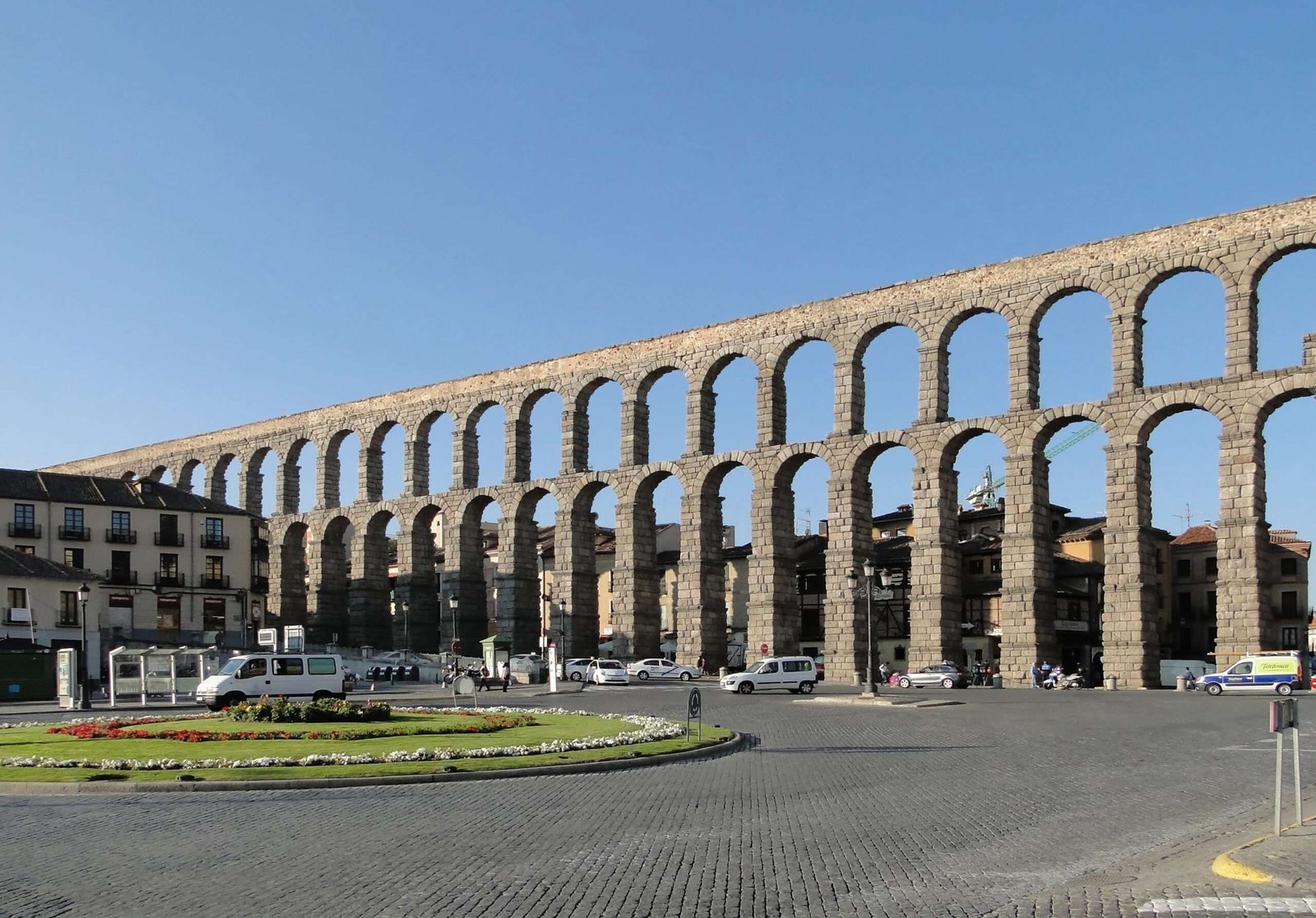
Aqueduct of Segovia
🧠 Fact: A remarkably preserved Roman aqueduct dating back to the 1st century AD, featuring 167 arches.
💡 Tip: Best viewed at sunrise or sunset for dramatic lighting.
Info: The Aqueduct of Segovia in Spain is one of the most impressive and well-preserved Roman engineering feats in the world. Built around the 1st century AD, it transported water from the Frío River to the city of Segovia across nearly 15 kilometers. Its most iconic section features over 160 granite arches towering above the city’s Plaza del Azoguejo, constructed without mortar. The aqueduct is a UNESCO World Heritage Site and a symbol of Segovia’s rich history. It stands as a remarkable example of ancient Roman ingenuity and continues to awe visitors with its grandeur and precision.
- 📍 Spain, Segovia
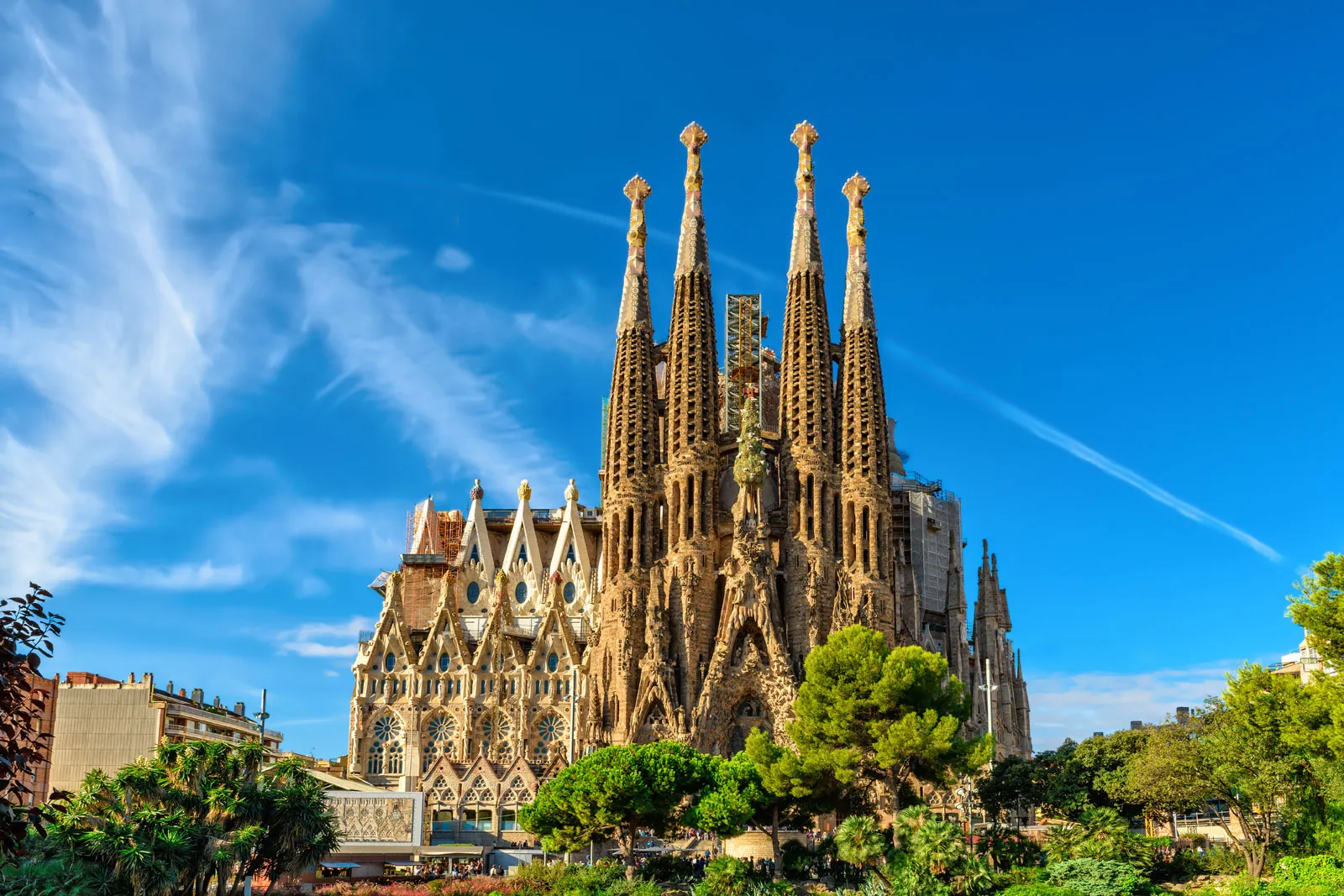
Basilica of the Sagrada Familia
🧠 Fact: Designed by Antoni Gaudí, this iconic basilica has been under construction since 1882 and is expected to be completed in 2026.
💡 Tip: Purchase tickets online in advance to avoid long queues.
Info: The Basilica of the Sagrada Familia, located in Barcelona, Spain, is a world-famous architectural masterpiece designed by Antoni Gaudí. Construction began in 1882 and continues to this day, making it one of the longest-running architectural projects in history. The basilica showcases a unique blend of Gothic and Art Nouveau styles, with intricate facades and stunning interior columns resembling a forest. A UNESCO World Heritage Site, it attracts millions of visitors annually. Gaudí's visionary design and spiritual symbolism make the Sagrada Familia a must-see landmark and a symbol of Barcelona’s cultural identity.
- 📍 Spain, Barcelona
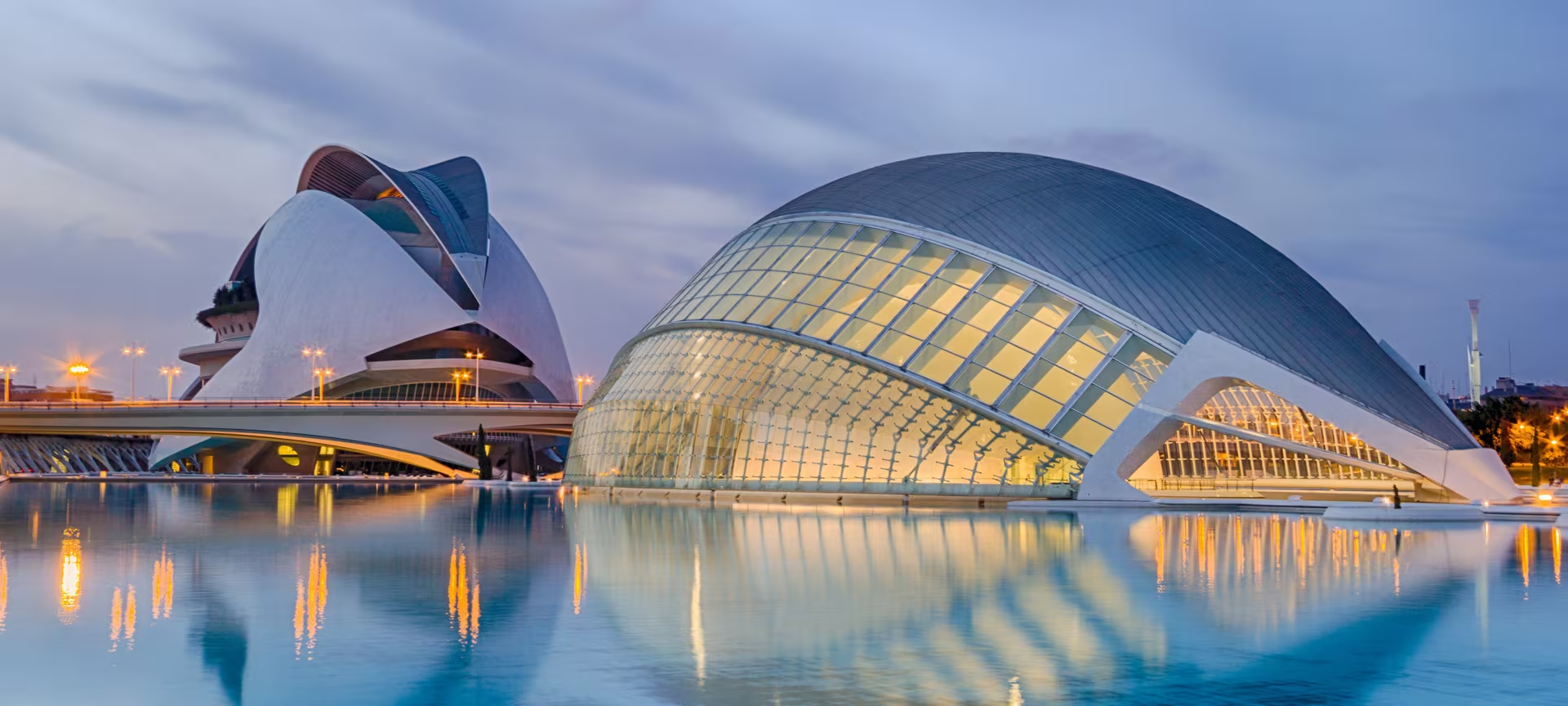
City of Arts and Sciences
🧠 Fact: An architectural complex comprising a science museum, planetarium, aquarium, and more, designed by Santiago Calatrava.
💡 Tip: Allocate a full day to explore all the attractions within the complex.
Info: The City of Arts and Sciences in Spain is a futuristic architectural complex located in Valencia. Designed by Santiago Calatrava and Félix Candela, it features striking structures such as the Hemisfèric (IMAX cinema), the Science Museum, the Oceanogràfic (Europe’s largest aquarium), and the Palau de les Arts opera house. Surrounded by reflecting pools and walkways, the complex blends science, art, and nature in an innovative setting. It’s a hub for education, entertainment, and culture, making it one of Spain’s most iconic and modern attractions. A visit offers both inspiration and discovery.
- 📍 Spain, Valencia

Prado Museum
🧠 Fact: One of the world's premier art galleries, the Prado houses works by Spanish masters like Velázquez, Goya, and El Greco.
💡 Tip: Admission is free during the last two hours of each day.
Info: The Prado Museum in Spain, located in the heart of Madrid, is one of the world’s premier art museums. It houses an extensive collection of European art from the 12th to the early 20th century, with masterpieces by renowned artists such as Velázquez, Goya, El Greco, and Titian. Highlights include "Las Meninas" and "The Third of May 1808." The museum’s elegant neoclassical building adds to its charm, offering visitors a journey through centuries of artistic excellence. The Prado is a cultural treasure and a must-visit destination for art lovers in Spain.
- 📍Spain, Madrid
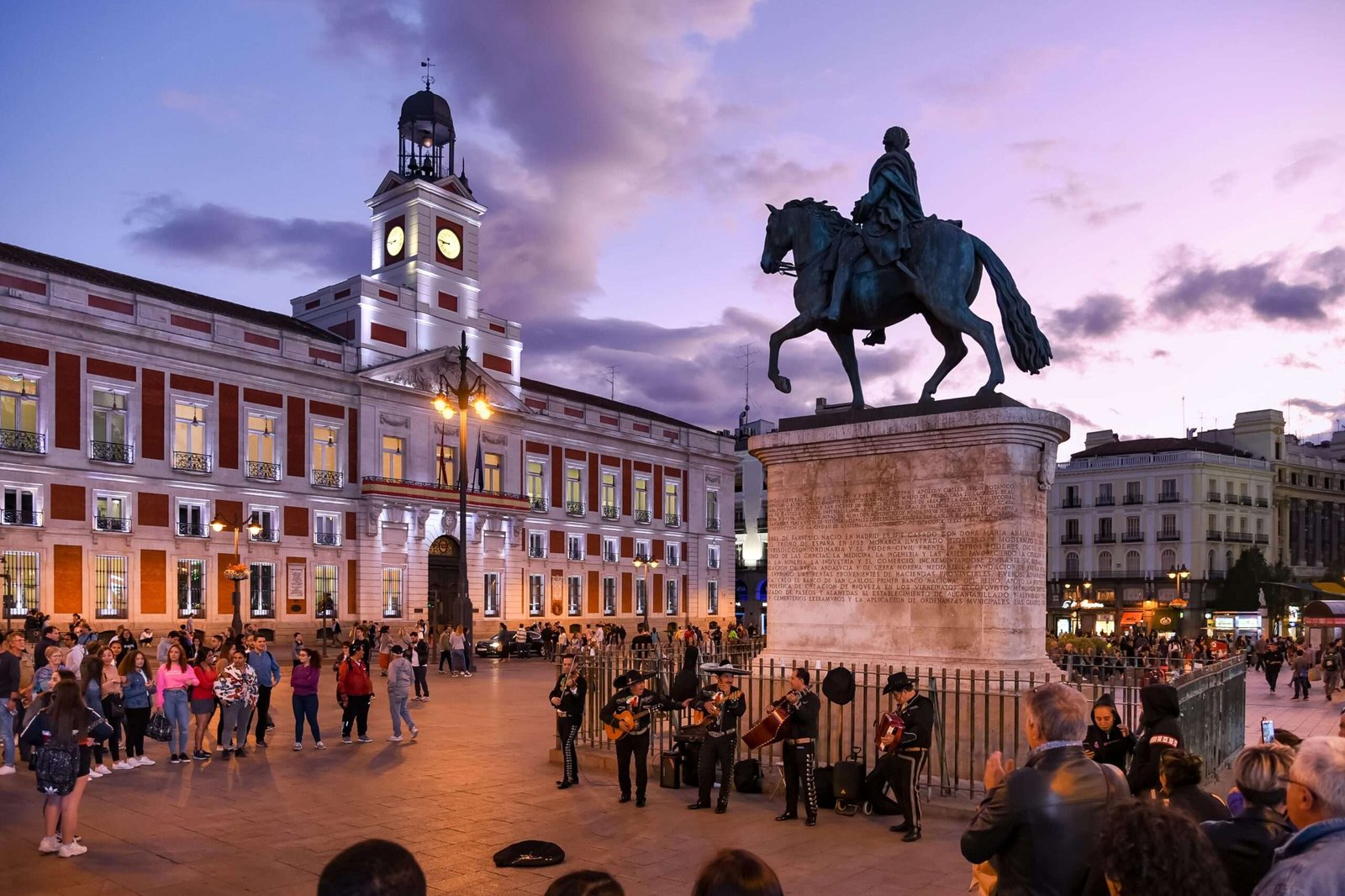
Puerta del Sol
🧠 Fact: This bustling square is the symbolic center of Spain and a hub for public transportation, shopping, and historical landmarks.
💡 Tip: Be cautious of pickpockets in crowded areas.
Info: Puerta del Sol is one of the most famous and lively squares in Madrid, Spain. Known as the symbolic center of the country, it is home to the “Kilometer Zero” marker, from which Spain’s road network is measured. The square is surrounded by historic buildings, shops, and cafes, and is a popular meeting point for locals and tourists alike. Notable landmarks include the clock tower of the Real Casa de Correos and the iconic Tío Pepe sign. Puerta del Sol is also the heart of New Year’s Eve celebrations in Spain, drawing large crowds each year.
- 📍 Spain, Madrid
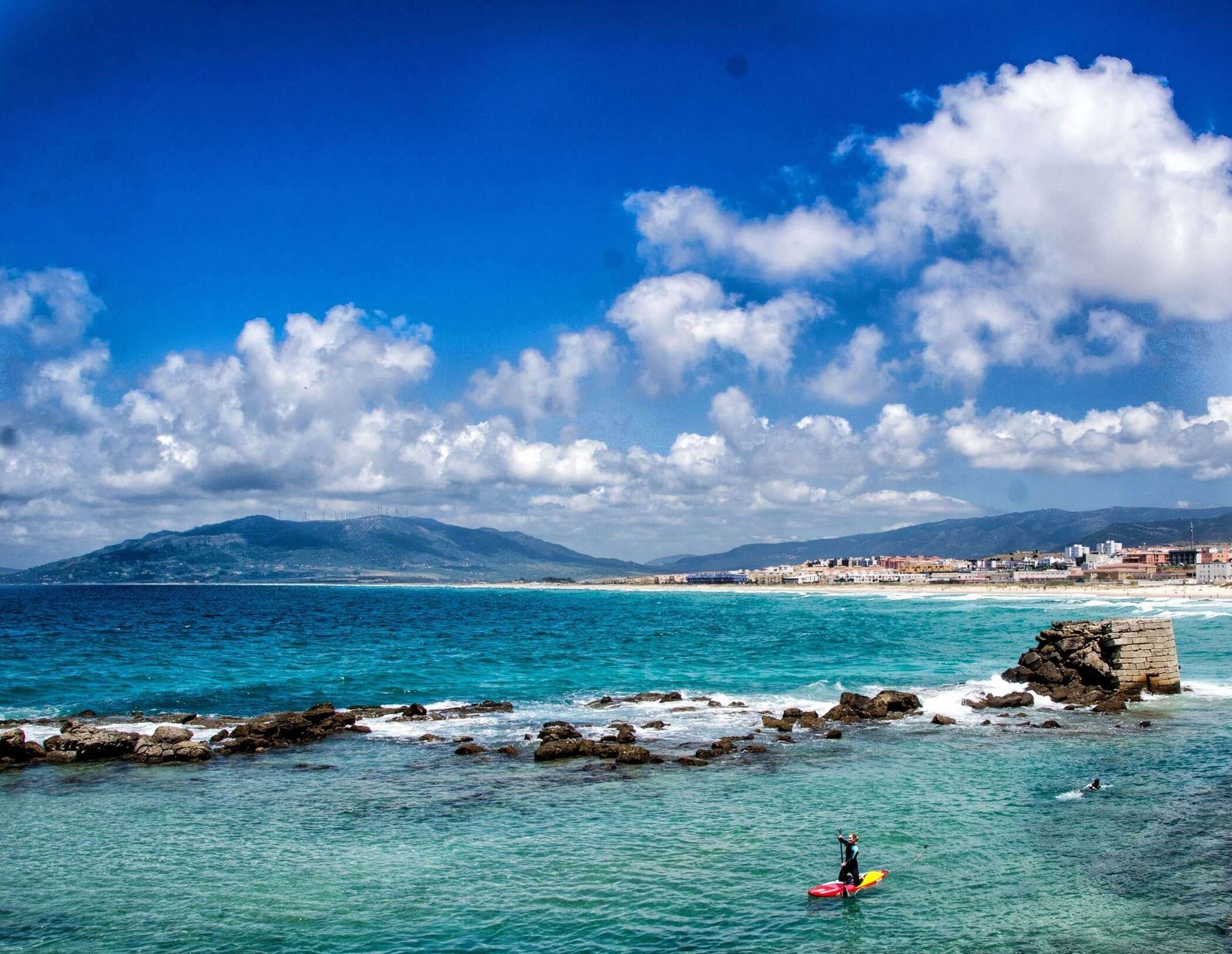
Tarifa
🧠 Fact: The southernmost point of mainland Europe, Tarifa is renowned for wind sports and its blend of Andalusian and Moorish cultures.
💡 Tip: Visit during spring or autumn for optimal windsurfing and kitesurfing conditions.
Info: Tarifa, located at the southernmost tip of Spain, is a vibrant coastal town where the Mediterranean Sea meets the Atlantic Ocean. Known as the wind capital of Europe, it’s a paradise for windsurfers and kitesurfers, thanks to its consistent breezes and expansive beaches. Tarifa also boasts a charming old town with narrow cobbled streets, historic architecture, and a relaxed, bohemian vibe. From here, visitors can even catch a glimpse of Morocco on clear days or take a ferry across the Strait of Gibraltar. It’s a unique blend of adventure, culture, and coastal beauty.
- 📍 Spain, Cádiz

The Alhambra
🧠 Fact: A stunning example of Moorish architecture, the Alhambra is a palace and fortress complex that dates back to the 13th century.
💡 Tip: Book tickets well in advance, as daily visitor numbers are limited.
Info: The Alhambra in Spain is a breathtaking palace and fortress complex located in Granada, Andalusia. Originally built by the Nasrid dynasty in the 13th century, it showcases the splendor of Islamic architecture with intricate tilework, detailed carvings, and serene courtyards. Highlights include the stunning Court of the Lions, the Hall of the Ambassadors, and the Generalife gardens. The Alhambra offers a glimpse into Moorish culture and artistry, set against the backdrop of the Sierra Nevada mountains. It is a UNESCO World Heritage Site and one of Spain’s most visited historical landmarks.
- 📍 Spain, Granada
